Equipment
PING G20 PRODUCT LAUNCH–WOODS
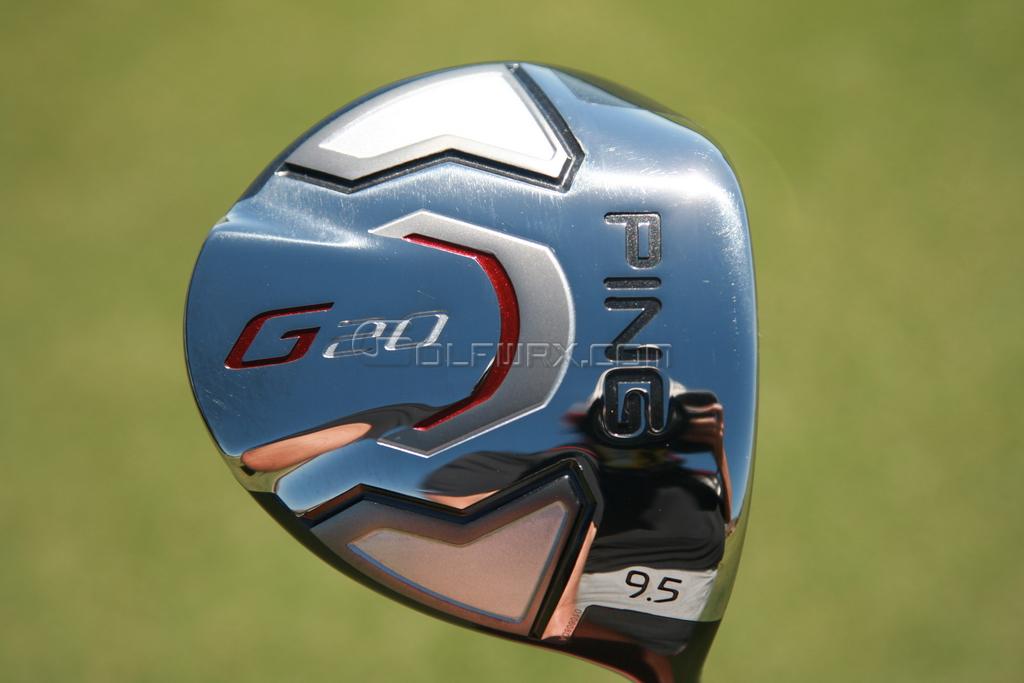
Anybody who’s been on this board for any amount of time tends to get a feel for what clubs garner the most buzz and, more importantly, what clubs live up to that hype. For the last two years PING’s G15 driver and irons have been in a class few others can claim. Recognizing this, PING followed the same formula to make improvements on an already incredible club.
Now, in the G20 series, PING decided to reemphasize the concept of having a complete set design. They wanted to do away with the idea of having a favorite club that just seems to fit your swing really well by matching the entire set to your swing. This is not a new concept, even to PING, but with the advanced technologies they have available, and their long history of designing clubs from an understanding of engineering and physics, they have matched these sets from top to bottom by examining and matching system mass, MOI about the hosel axis, CG position of the clubhead, etc., to synchronize the natural head rotation or delivery of the club. This provides fitters the flexibility to fit for trajectory and distance gapping without having to worry about having golfers adjust their swing to different clubs.
DRIVER
For the G20 Driver, PING utilized the high balance point shaft technology first employed in the G15, and took it a little further. By using a counterbalanced shaft, there were able to add more weight to the head, lighten the shaft, and keep the system mass and swingweight the same. This allowed PING to add more mass to the head which delivers more energy to the ball. The G15 added 5 grams to their standard G10 headweight and the G20 added another 2, yielding a current driver headweight of 203 grams. Testing shows that this concept adds distance and forgiveness as you're not slowing the clubhead during the swing and you're increasing inertia from the increased head mass.
In verifying this concept, PING tested clubs of otherwise same specifications, including shaft specs (swingweight, stiffness, torque, kick point, etc.), only changing the total system mass from 270, 286, and 304 grams between the three. They discovered that clubhead and ball speeds were not statistically significantly faster in any of the system weights, but distance and forgiveness were best with the heavier setup. Additionally, real world testing showed that there are benefits in having a more natural progression from your driver as per the complete set design outlined above as golfers don’t have to fight their swing going from a superlight driver to a heavier fairway or iron.
While not surprising, one point that bears mentioning deals with the G20‘s standard shaft length of 45.75 inches (and D3 swingweight). While this seems overly-long, especially to the GolfWRX membership where 45” seems to be the preference, it’s actually the standard length PING has stayed with since the TiSI. When the USGA published their standard for measuring, PING was using a 56º sole plate and measuring to the end of the ungripped shaft. When the standard of measurement required a 60º sole plate and measurement to the end of a gripped club, PING opted to change their published lengths rather than shorten what they’ve been doing. They also discovered through player testing that golfers can handle this length with no significant drawbacks on the course and without forcing golfers to fight their swing.
In the G20 driver, PING was able to lower and move weight even further back to optimize trajectory. Bubba's long because he launches 16º at 1800 RPM. And SlingMan is able to launch it even higher with lower spin to reach even farther distances–so there's still lots of distance to be gamed through trajectory optimization without even touching ball speed.
For the G20 driver, PING changed the material to Ti811 from Ti64: they are both very similar in terms of strength and elongation, but Ti811 is slightly lighter and less dense, so they can utilize more volume to mess with the thickness variances to better optimize CG and inertia. A larger head profile increases inertia, especially along the horizontal AND vertical axises and PING was able to increase the face area over the G15. The G20 is constructed from a cast body with the variable thickness sheet face. This allows to take weight away from some areas and add elsewhere and requires only one weld.
Driver testing between the G15 and G20 on PingMan and Player testing showed distance increases, and tighter dispersion across the board for swing speeds (spin rates were close between the two with some overlaps depending on several factors).
FAIRWAYS
In the G20 PING made a fairway that was easy to get up in the air through center of gravity and trajectory optimization. Made club deeper front to back to move the CG even lower and to the back. By increasing the dynamic launch angle, they were able to strengthened the standard loft of the 3 wood back to 15º. The 4 wood is same length as the 3, so it’s basically a higher lofted 3 wood. PING has found it to work even better with over 60% of golfers getting more optimal performance out of 4 wood in player testing. In fact, Bubba plays a 4 wood.
Often times, when companies make improvements, they’re usually on the smaller scale. Such is true in the vertical axis of the fairway where PING was able to improved MOI for heel-to-toe hits by 4%. HOWEVER, PING increased the MOI on the vertical axis by 25%, making it significantly more forgiving on high and low mishits. This is especially important as it seems overly easy to hit a fairway thin (just me?).
So golfers can expect less distance loss on fairway mishits in the G20, and slightly increased overall distance as the launch conditions have been optimized. Across the board, in both player and PingMan testing, the G20 fairways produced higher ball speeds because they were able to slightly lower the spin and increase the launch angle despite strengthening the standard loft resulting in longer distances…again–especially on mishits.
HYBRID
Not going to lie: this was the club I was least interested in going in, especially after seeing it was going to resemble the G15. However, after listening to the presentation and, more importantly, hitting it, it is the club I’m most excited for!
When PING designed the G15 hybrid, they took a 3 iron face profile and built around that. Taking Karsten Solheim’s original concept in incorporating offset, they were able to greatly increase launch angle without raising spin. Additionally, the design of the club increases the moment of inertia by 50% over the standard design. This provides significantly more forgiveness, tighter dispersion, and less twisting from mishits. And again, the offset increases the dynamic launch without increasing spin, especially on high and low mishits because of the high MOI, giving significantly more distance control and less variance between flushed shots and mishits.
Based on feedback of the G15, PING made adjustments in the G20 hybrid to appeal to more people. One complaint was that the club appeared too upright, especially in conjunction with the higher toe, so PING shortened the club from heel-to-toe, moving the CG in a bit, allowing them to bend the lie angle flatter by 2º. This also reduced the toe-down droop seen at higher swing speeds. Despite this move, they were able to keep the same MOI. PING also increased the versatility of the club by increasing the heel-toe sole curvature.
One point of interest is that complaints of the G20 by actual owners of that club were minimal. The voiced complaints were overwhelmingly made by people who never bothered to hit the club…myself included. At demo days, the feedback from golfers who actually hit the club was very positive. PING is hoping that the changes made will get more people to pick it up and give it a try. In test results, the G20 hybrid performed very similarly to the G15. Same goes for player testing. However, player perceptions were drastically improved.




Equipment
BK’s Breakdowns: Cameron Young’s winning WITB, 2025 Wyndham Championship

Cameron Young’s WITB from his win at the 2025 Wyndham Championship. Cameron is a Titleist staff player but his bag is definitely filled with some unique clubs. Here are the clubs he used to secure his first PGA Tour win!
Driver: Titleist GT2 (9 degrees, A1 SureFit setting)
Shaft: Mitsubishi Tensei 1K Pro Orange 70 TX
3-wood: Titleist GT3 (15 degrees)
Shaft: Mitsubishi Tensei 1K White 80 TX
Hybrid: Titleist GT2 (21 degrees)
Shaft: Fujikura Ventus HB Black VeloCore+ 10 X
Irons: Titleist T200 (4), Titleist T100 (5), Titleist 631.CY Prototype (6-9)
Shafts: True Temper Dynamic Gold X7 (4-9)
Wedges: Titleist Vokey Design SM10 (48-10F, 52-12F, 56-14F @57), WedgeWorks (60-K* @62)
Shafts: True Temper Dynamic Gold X7
Putter: Scotty Cameron Phantom 9.5 Tour Prototype
Grips: Golf Pride Tour Velvet Cord
Ball: Titleist Pro V1x Prototype
Whats in the Bag
Peter Malnati WITB 2025 (August)
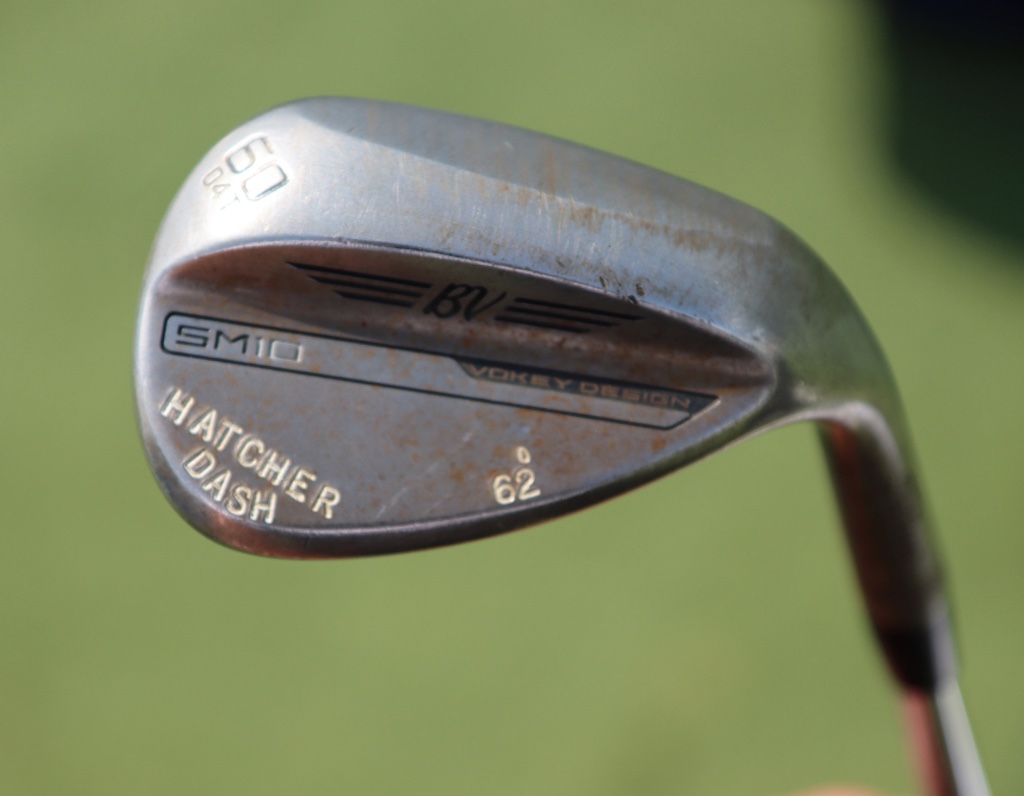
- Peter Malnati what’s in the bag accurate as of the Wyndham Championship. More photos from the event here.
Driver: Titleist GT3 (10 degrees, C2 SureFit setting)
Shaft: Project X Denali Blue 60 TX
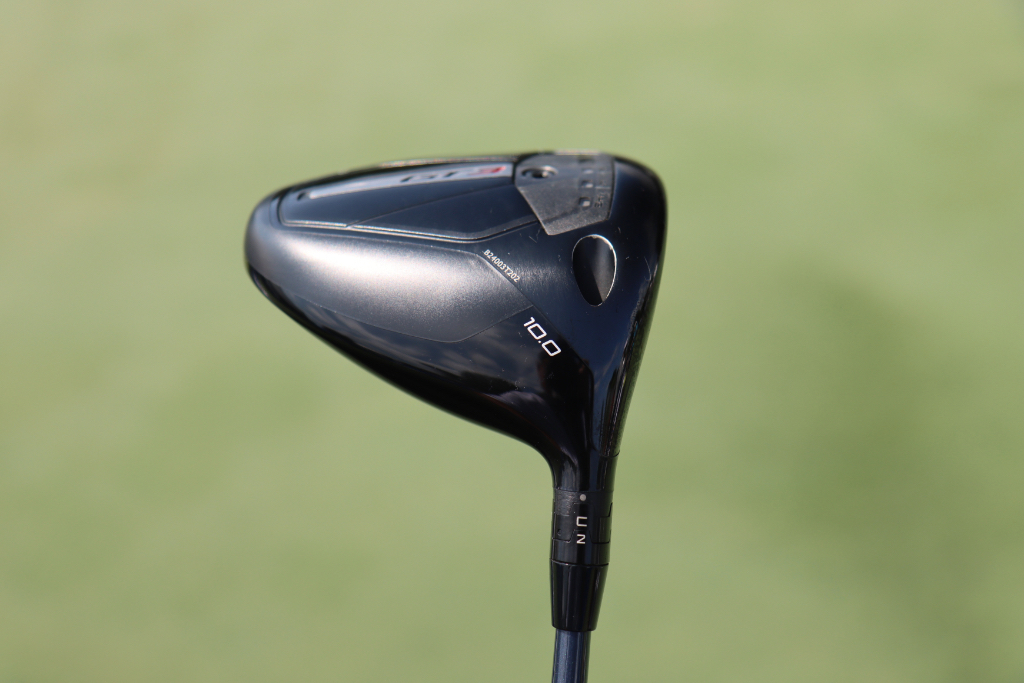

3-wood: Titleist GT3 (15 degrees, A1 SureFit setting)
Shaft: Fujikura Ventus TR Blue 7 X
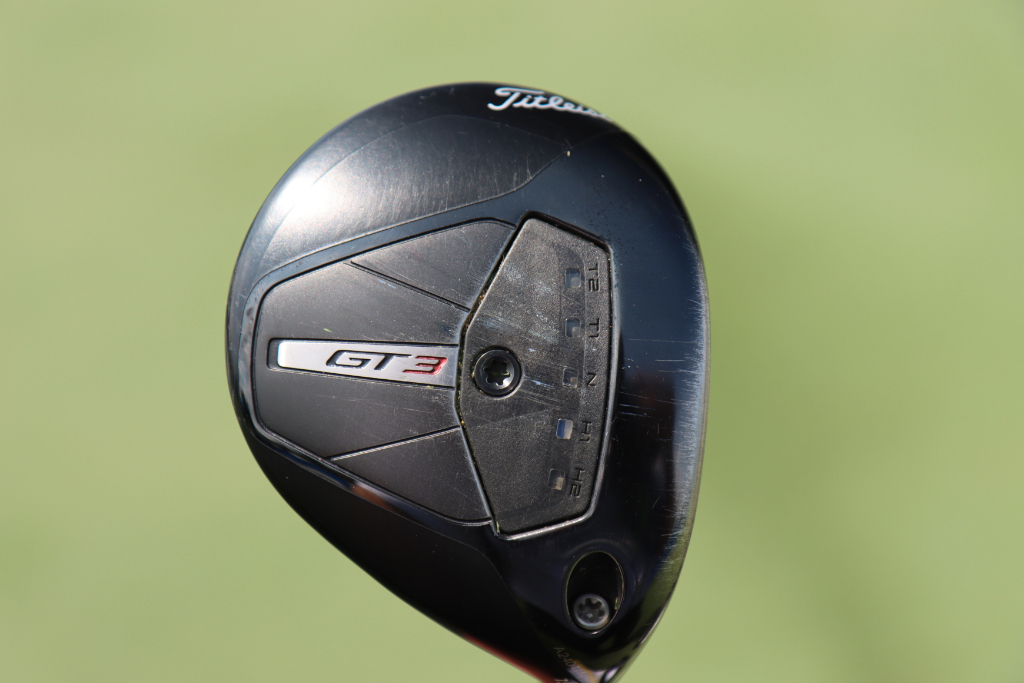
7-wood: Titleist GT2 (21 degrees, D1 SureFit setting)
Shaft: Fujikura Ventus TR Blue 8 X
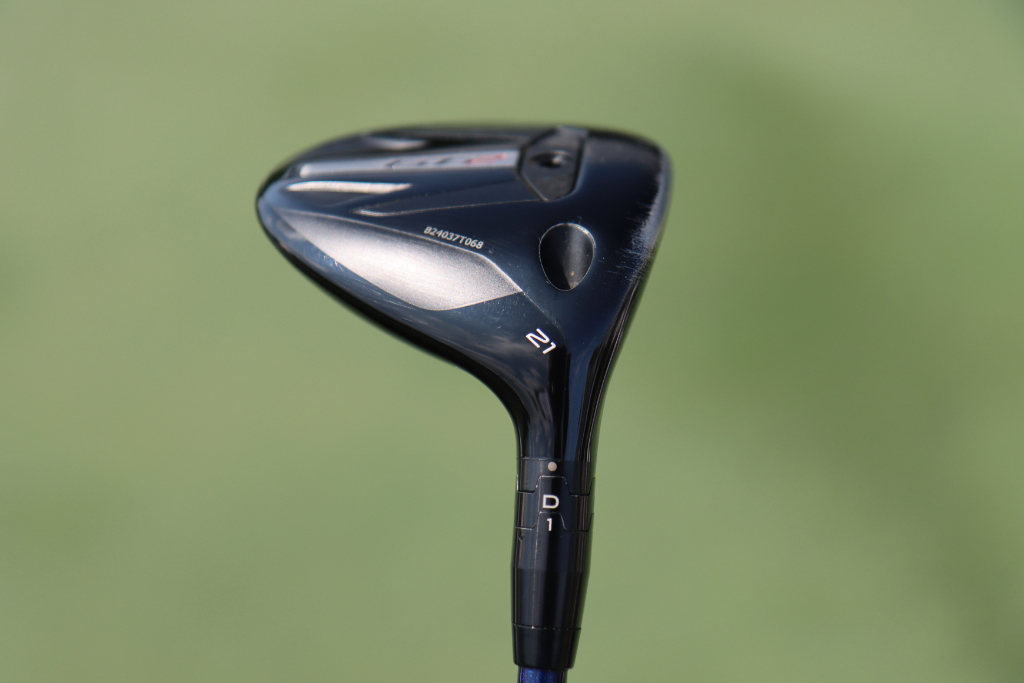
Irons: Titleist T150 (4, 5), Titleist T100 (6-9)
Shafts: True Temper AMT Tour White X100
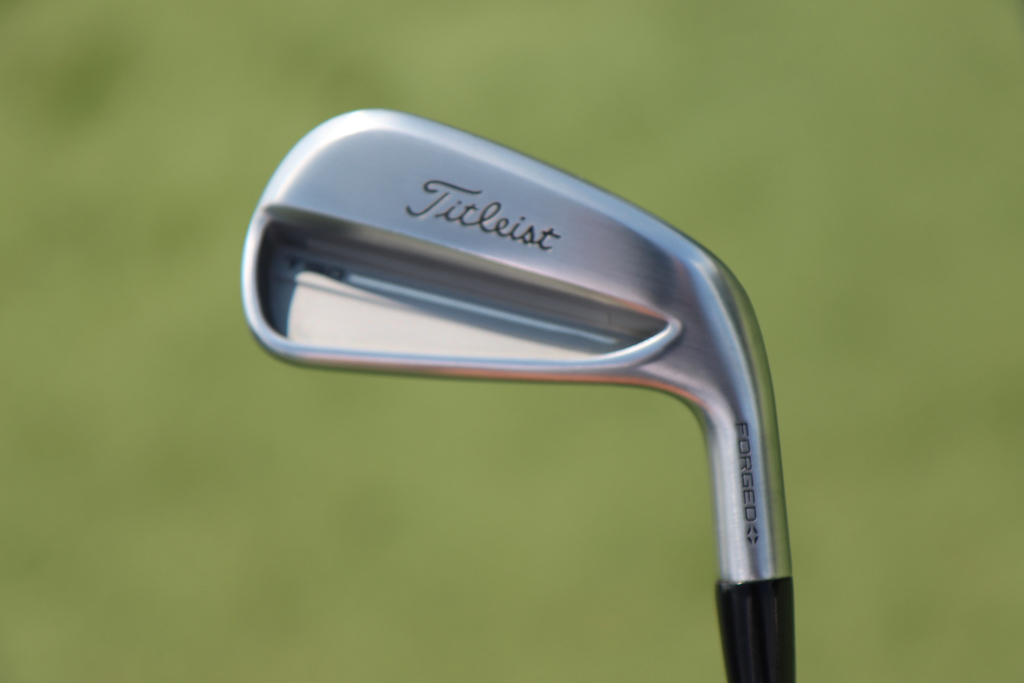
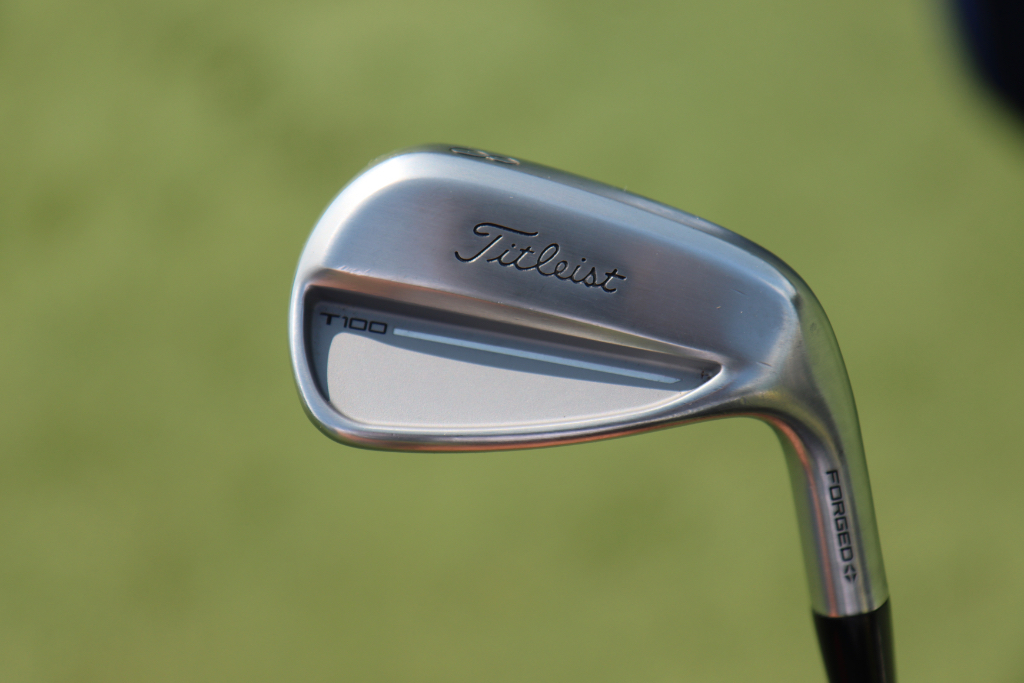
Wedges: Titleist Vokey Design SM10 (48-10F @47, 52-12F, 56-08M @57, 60-04T @62)
Shafts: True Temper Dynamic Gold Tour Issue S400
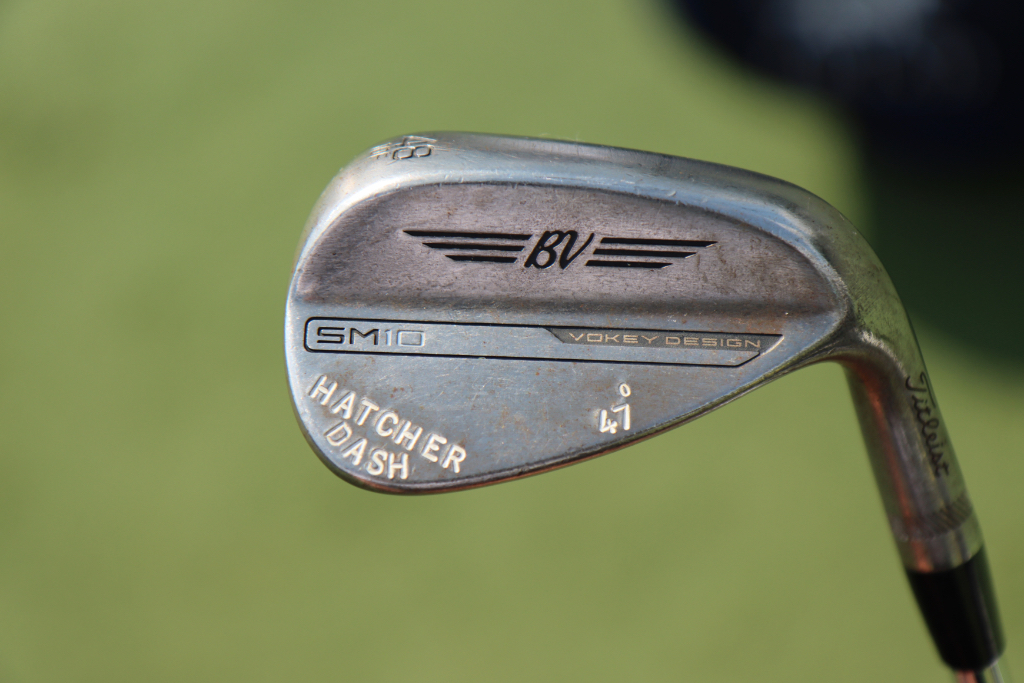
Putter: Scotty Cameron Studio Style Fastback 1.5 Tour Prototype
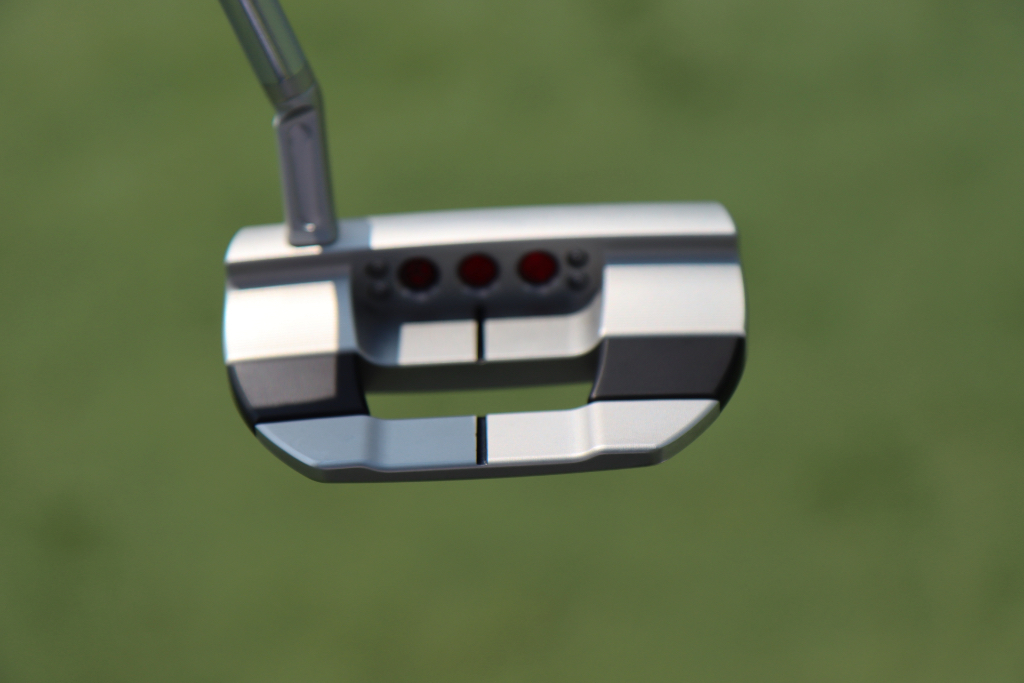
Grips: Golf Pride Tour Velvet
Ball: Titleist Pro V1x Yellow
Equipment
GolfWRX Members Choice presented by 2nd Swing: Best driver of 2025

We’re proud to once again partner with 2nd Swing Golf to bring you GolfWRX Members Choice 2025! 2nd Swing has more than 150,000 new and pre-swung golf clubs available in six store locations and online. Check them out here.

What is the best driver in 2025? At GolfWRX, we take great pride in our online community and the cumulative knowledge and experience of our members. When it comes to the best driver of 2025, we want to know what our forum faithful think.
Since our founding in 2005, the bedrock of GolfWRX.com has been the community of passionate and knowledgeable golfers in our forums, and we put endless trust in the opinions of our GolfWRX members — the most knowledgeable community of golfers on the internet. No other group of golfers in the world tests golf clubs as frequently or as extensively, nor is armed with such in-depth information about the latest technology.
Below are the results of GolfWRX member voting for the 2025 best driver, along with the vote percentage for each club.
Best driver of 2025: The top 5
5. Callaway Elyte Triple Diamond: 6.02%
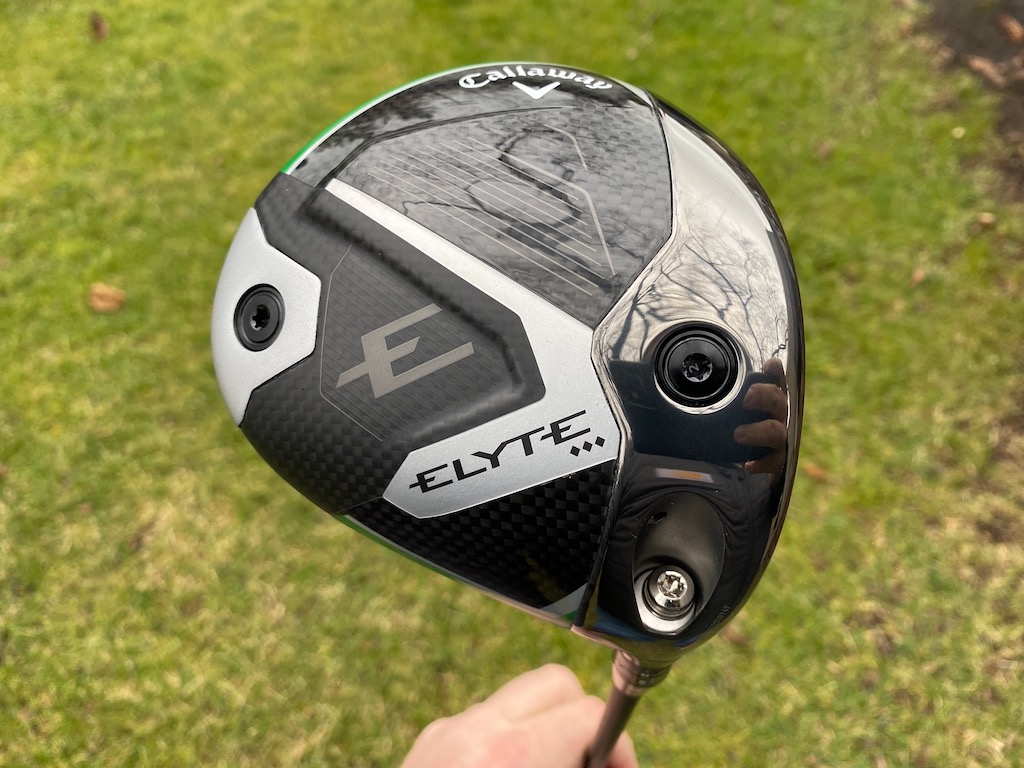
Callaway’s pitch: “For golfers looking for a fast, forgiving, yet workable driver, the Elyte Triple Diamond features a tour-inspired shape and is the preferred model by most Callaway tour players.”
You can read what other golfers are saying about the driver in the GolfWRX forums, and see our launch piece here. Shop the Callaway Elyte Triple Diamond here.
4. Ping G440 Max: 6.86%
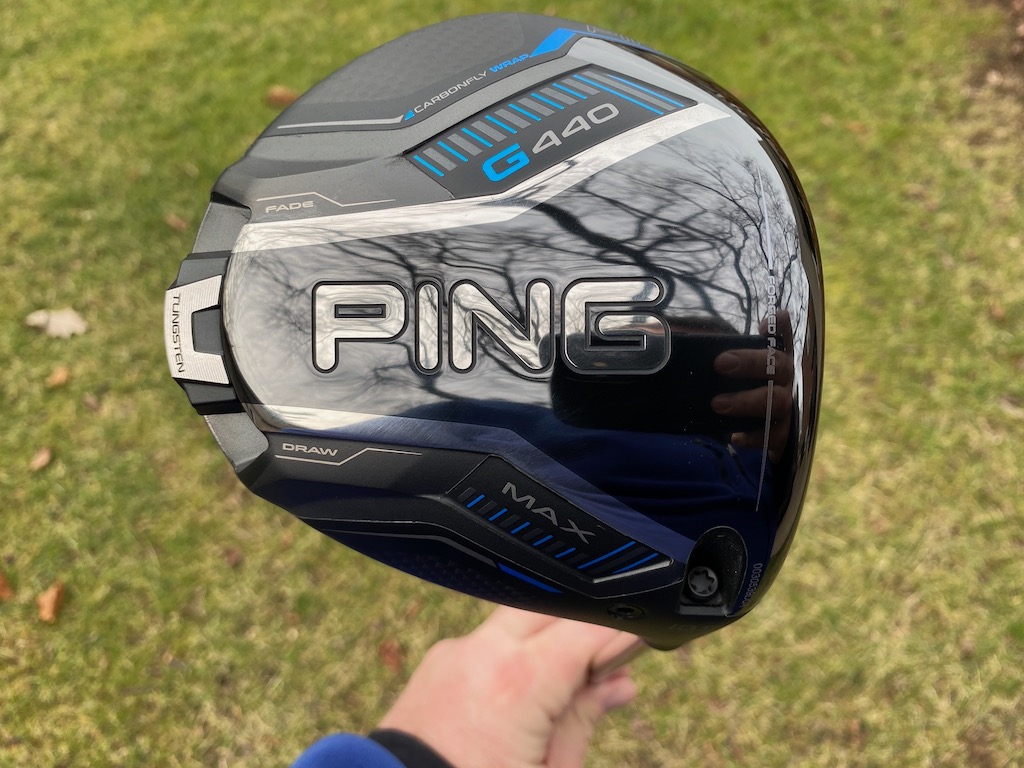
Ping’s pitch: “The most forgiving G440 model, MAX has a hotter face to generate speed and distance, and a lighter overall system weight with a longer shaft (46″) for faster clubhead speed, higher launch and longer carries. The Free Hosel and Carbonfly Wrap crown save weight to create our lowest CG ever and increase forgiveness while contributing to a more muted, pleasing sound.”
You can read what other golfers are saying about the driver in the GolfWRX forums, and see our launch piece here. Shop the Ping G440 Max here.
3. Ping G440 LST: 9.53%
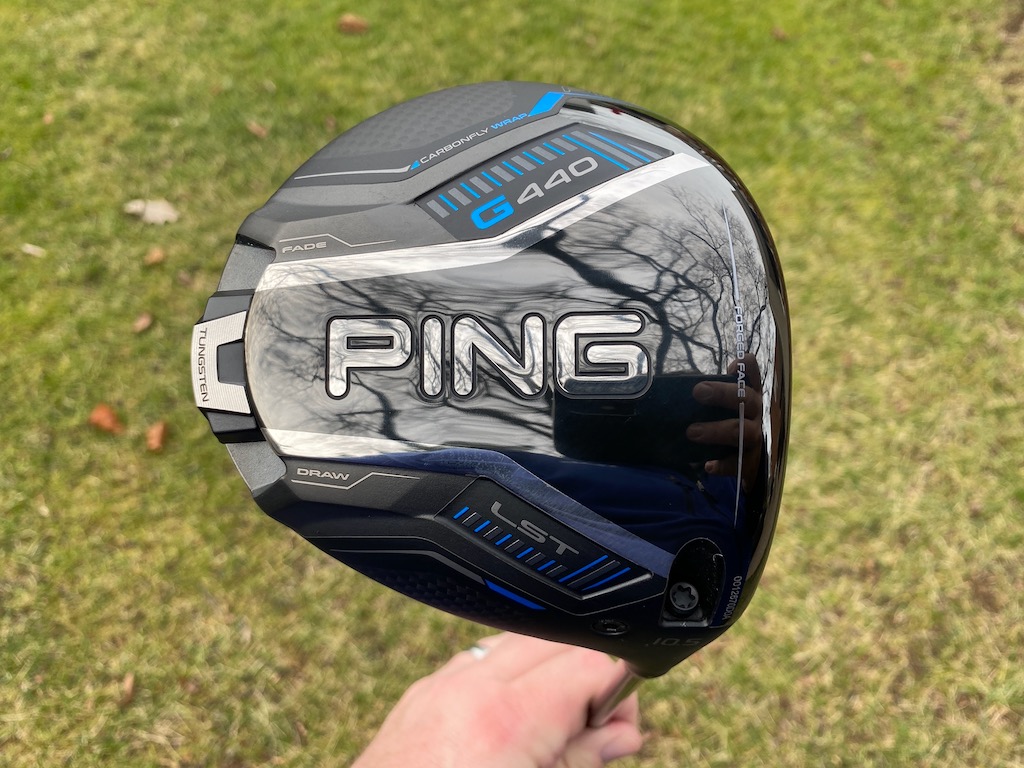
Ping’s pitch: “LST is an especially good fit for faster swings, offering less spin and more control with a penetrating trajectory. A hotter face, lighter overall system weight and longer shaft (46″) deliver more speed and distance while maintaining tight dispersion.”
@phizzy30: “Not a fan of Ping drivers in general, but 440 LST takes the cake. It’s super forgiving across the face for a low spin head, looks and sounds good and the ability to make it play neutral or slightly fade biased through the hosel settings is very appealing.”
You can read what other golfers are saying about the driver in the GolfWRX forums, and see our launch piece here. Shop the Ping G440 LST here.
2. Titleist GT3: 16.55%
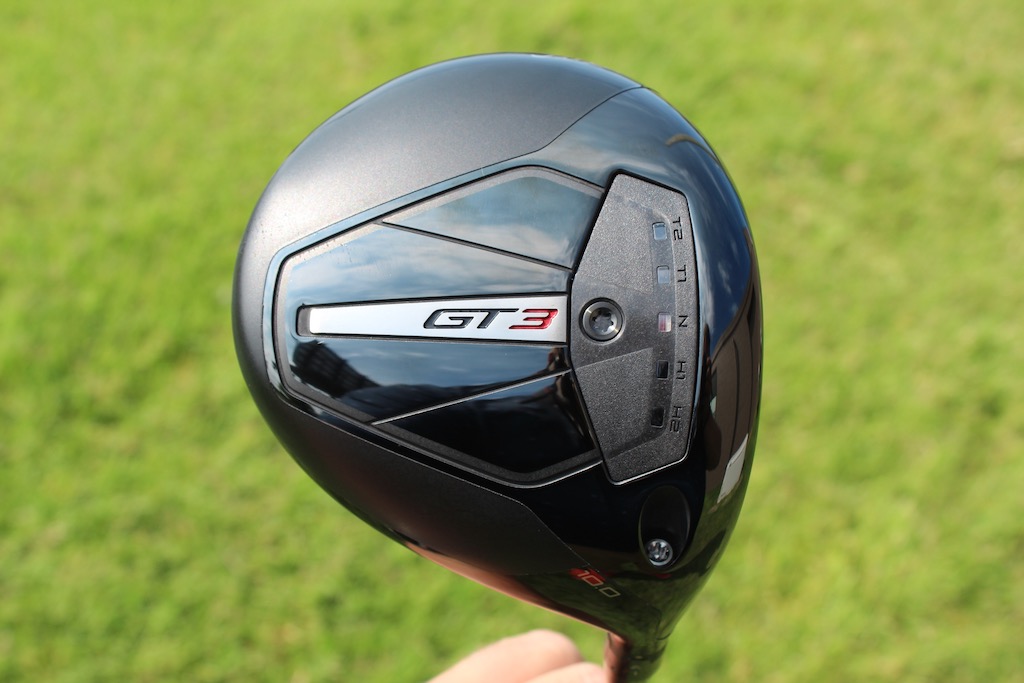
Titleist’s pitch: “The GT3 Driver offers Titleist’s boldest combination of power and personalization through adjustable performance. Dial in the CG Track to your frequent contact location to make your biggest drives even bigger while taking total control over flight and shaping.”
@mrmikeac: “I’ve been Anti-Titleist for years and years and years (outside of Vokey, of course). With that being said, HOLY BEGEEZUS the GT3 driver is an absolute NUCLEAR MONSTER! This thing blew my G430 10K Max out of the water in every single category. Forgiveness is the biggest thing that stands out of me, the 3 model has always been one of the less forgiving models in the past but this GT3 can take bad shot after bad shot and still end up in the fairway, I think a ton of that has to do with the adjustability, it’s actually effective. Feel and sound is perfect, that solid crack is so addicting to hear and when you hit it out the screws this thing can absolutely bomb it. Titleist, I’m sorry for doubting you. You have converted me.”
You can read what other golfers are saying about the driver in the GolfWRX forums, and see our launch piece here. Shop the Titleist GT3 here.
1. Titleist GT2: 22.91%
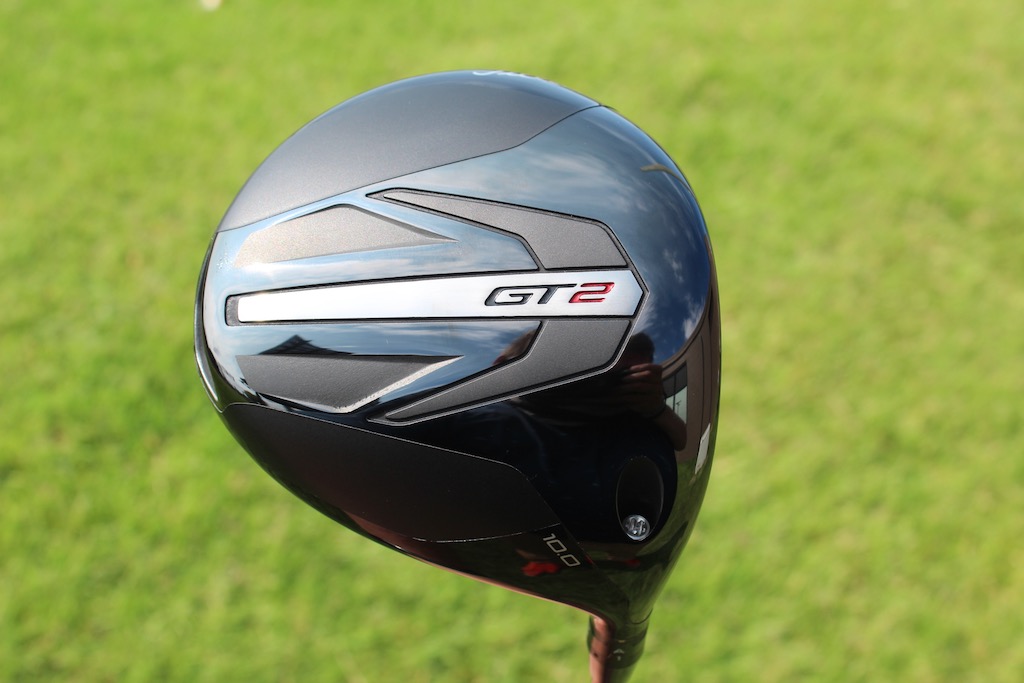
Titleist’s pitch: “Delivering impressive distance from any impact point, the Titleist GT2 Driver extracts maximum performance through a forgiving design. Get the stability and added confidence of a high-MOI driver without sacrificing speed.”
@DTorres: “The Titleist GT2 has proven to be the best driver of the year. Packaged in a classic profile, GT2 perfectly balances performance and forgiveness while consistently being a high performer across all categories.”
You can read what other golfers are saying about the driver in the GolfWRX forums, and see our launch piece here. Shop the Titleist GT2 here.
Other drivers receiving >2% of the vote
| Driver | Vote percentage (%) |
|---|---|
| Cobra DS Adapt Max K | 4.85% |
| Ping G430 Max 10K | 3.85% |
| Callaway Elyte Triple Diamond | 3.68% |
| TaylorMade Qi35 | 3.51% |
| Callaway Elyte | 3.18% |
| Cobra DS Adapt X | 2.34% |
| Cobra DS Adapt LS | 2.17% |
| TaylorMade Qi35 LS | 2.17% |
View this post on Instagram










Maurice Yuen
Nov 4, 2012 at 8:26 pm
Dear Sir,
What is the difference between TFC 330D & 169D?
Thanks.